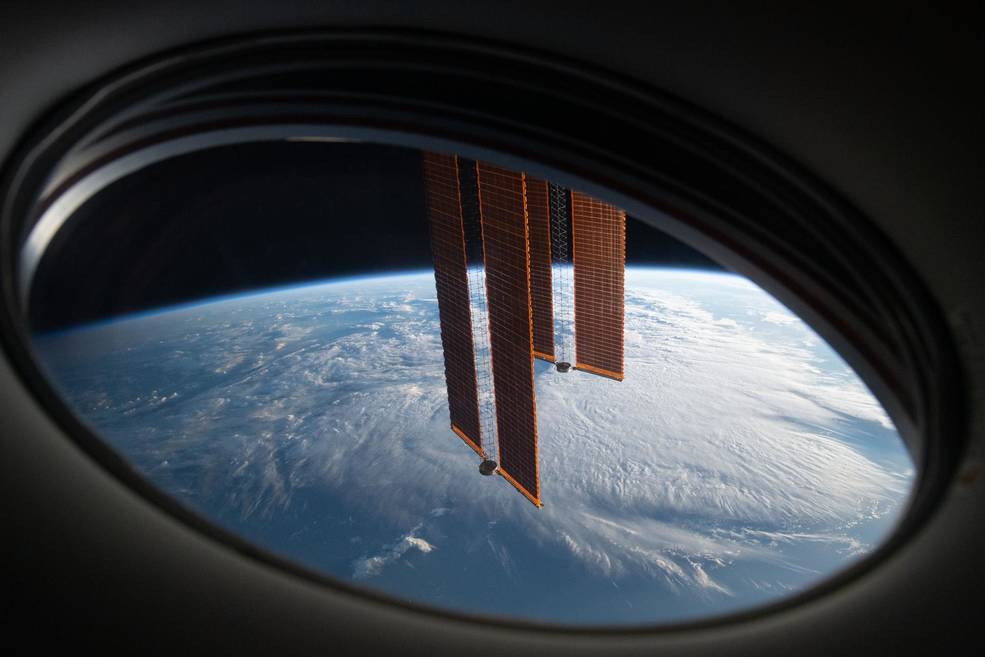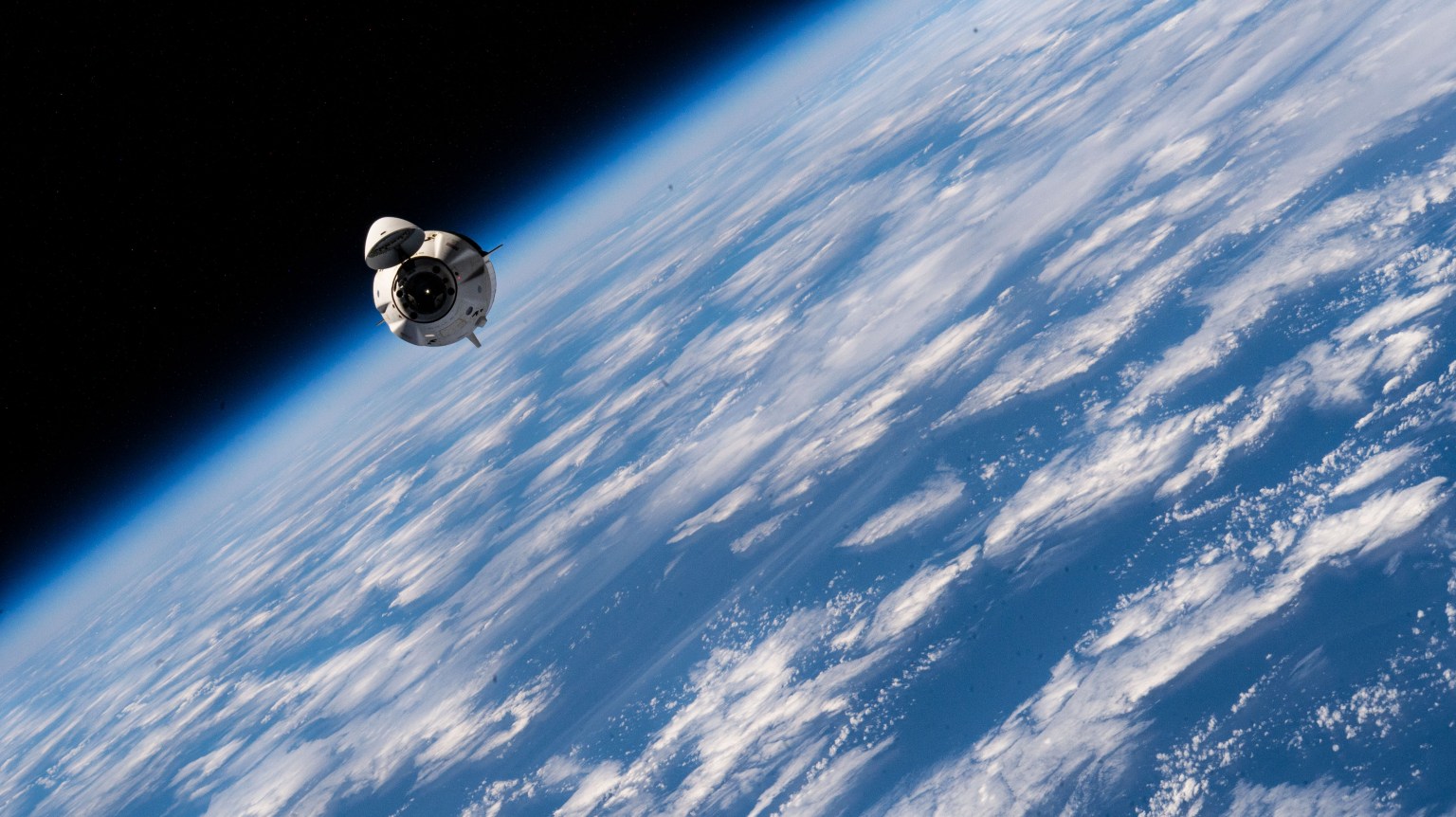For more than 60 years, NASA has pushed the boundaries of human exploration for the benefit of all, and now the agency’s influence and experience are fueling U.S. commercial industry’s growth in human spaceflight in low Earth orbit.
In the not-too-distant past, one had to be sponsored by a government to fly to space. Now, fully private crews strap into commercially owned and operated human space systems for both suborbital and orbital flights.
“NASA is a significant enabler of this change – what I call the commercial spaceflight revolution,” said Phil McAlister, director of commercial spaceflight at NASA Headquarters in Washington. “When conditions became right, private industry, especially startups, were in the right position to cause a major disruption in the business of spaceflight.”
As a nation, the United States gained decades of experience operating in space through NASA’s human spaceflight programs, innovation, and technology investments. The agency’s workforce understands very well what is required to complete complex missions in space, especially in low Earth orbit, and is tailoring its essential needs for crew safety through firm-fixed price contracts for major development programs – like the NASA’s Commercial Crew Program.
“Twenty years ago, a commercial human spaceflight industry didn’t exist like it does today, and the focus of private companies was mostly on large federal government contracts,” McAlister said. “Startups could not raise the capital required to compete with the established companies in the industry.”
A spaceflight revolution decades in the making became possible because of several factors, including a decrease in cost and other barriers to entry as NASA sought to become an anchor customer for some missions, rather than building in-house.
“In addition to the federal government’s strategic investments into commercial industry and focus on ensuring competition, successful entrepreneurs also were entering the market with the ability to self-finance, overcoming the funding barrier that had stopped so many of their predecessors,” stated McAlister.
Through these efforts and more, it became possible for new companies to enter the market to make money and, most importantly, companies were looking for other business opportunities without the government as the main customer.
With commercial industry having greater competition, it accelerated all types of innovation because companies were building a business case, which included a significant focus on cost effectiveness and not just government contracts.
Lessons for the government and industry
NASA and commercial industry can continue to break new ground in human spaceflight.
McAlister said he suggests focusing on these key lessons: For the government sector, the major trend has been the transition away from cost-plus contracting, but firm-fixed price contracts will not fix all performance issues and cost overruns in programs; and can be very difficult unless the focus is on these things.
- Ensure the required technology is well understood so the private sector can estimate its costs with a relatively high degree of precision.
- Develop mature and stable mission and safety requirements; too many changes drive up costs and increase development time.
- Keep oversight to a minimum so companies are allowed to innovate and be cost-effective.
- Pick multiple companies – when possible. Competition drives innovation.
“For the private sector, the spaceflight industry can’t solely rely on the government to expand, or growth will always be limited by the size of space budgets, so focus on these lessons,” McAlister said.
- Take advantage of federal government opportunities, wherever possible, but close your business case with customers beyond the government.
- Keep obsessively focused on cost effectiveness and better ways of doing business.
- Push the boundaries for new innovations which disrupt the status quo.
More Opportunities
Expanding the commercial human spaceflight market is important for NASA’s long-term goals of exploration near our home planet in low Earth orbit and in deep space, including the Moon and Mars.
NASA continues its transition of low Earth orbit to private industry, so the agency is just one customer of many. Commercial providers already carry out cargo and crew transportation to the International Space Station for NASA, and fully commercial destinations are in development for the end of the decade to ensure our continuous human presence in space.
“The Commercial Low Earth Orbit Development Program represents one of NASA’s most significant commercial space opportunities for the next decade,” McAlister said. “It offers opportunities for the agency to continue its science and research for the benefit of all humanity, and it also offers industry a chance to develop business opportunities, like in space manufacturing, medical research, technology development, tourism, entertainment, and more.”
McAlister continued, “competition is very a very good thing for NASA. As a nation, we can only achieve all of our exploration goals if we continue to stoke the flames that led to the spaceflight revolution in the first place. This will create a future where more people have the ability to fly to space than ever before, and develop even greater opportunities for the next generation of explorers.”



































